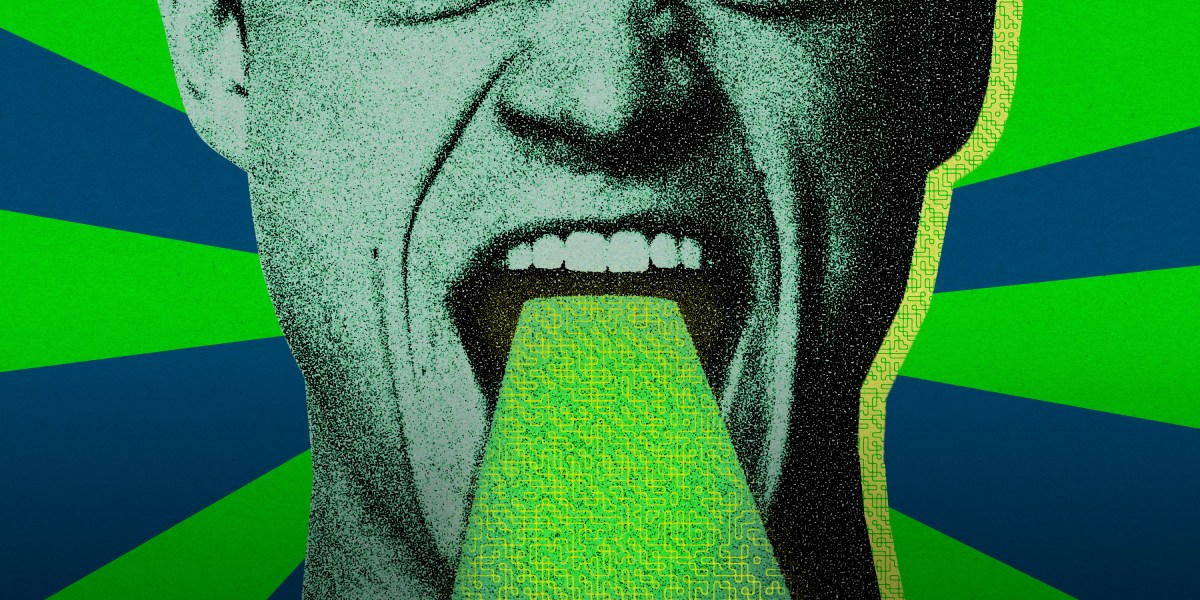—Josh A. Goldstein is a research fellow at Georgetown University’s Center for Security and Emerging Technology (CSET), where he works on the CyberAI Project. Renée DiResta is the research manager of the Stanford Internet Observatory and the author of Invisible Rulers: The People Who Turn Lies into Reality.
At the end of May, OpenAI marked a new “first” in its corporate history. It wasn’t an even more powerful language model or a new data partnership, but a report disclosing that bad actors had misused their products to run influence operations.
The company had caught five networks of covert propagandists—including players from Russia, China, Iran, and Israel—using their generative AI tools for deceptive tactics that ranged from creating large volumes of social media comments in multiple languages to turning news articles into Facebook posts.
The use of these tools, OpenAI noted, seemed intended to improve the quality and quantity of output. AI gives propagandists a productivity boost too.
As researchers who have studied online influence operations for years, we have seen influence operations continue to proliferate, on every social platform and focused on every region of the world. And if there’s one thing we’ve learned, it’s that transparency from Big Tech is paramount. Read the full story.
+ If you’re interested in how crooks are using AI, check out Melissa Heikkilä’s story on how generative tools are boosting the criminal underworld.
Digital twins are helping scientists run the world’s most complex experiments
In January 2022, NASA’s $10 billion James Webb Space Telescope was approaching the end of its one-million-mile trip from Earth. But reaching its orbital spot would be just one part of its treacherous journey. To ready itself for observations, the spacecraft had to unfold itself in a complicated choreography that, according to its engineers’ calculations, had 344 different ways to fail.
Over multiple days of choreography, the telescope fed data back to Earth in real time, and software near-simultaneously used that data to render a 3D video of how the process was going, as it was going. The 3D video represented a “digital twin” of the complex telescope: a computer-based model of the actual instrument, based on information that the instrument provided.
The team watched tensely, during JWST’s early days, as the 344 potential problems failed to make their appearance. At last, JWST was in its final shape and looked as it should—in space and onscreen. The digital twin has been updating itself ever since.

